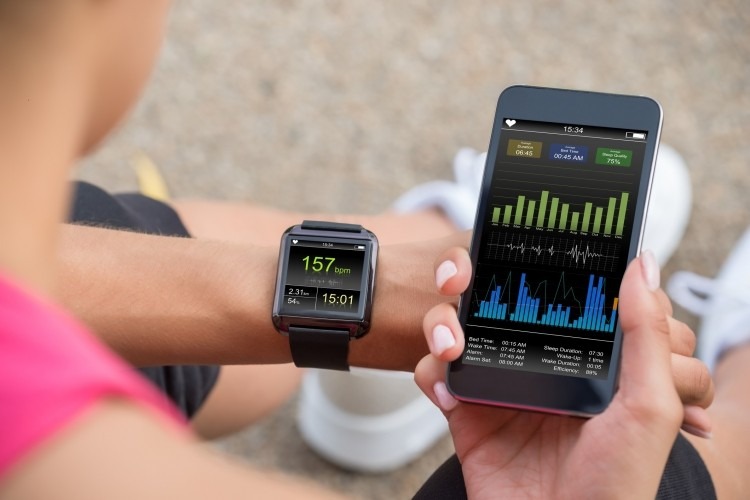Wearable technology has revolutionized the way we monitor our health and track fitness goals. With advancements in sensors, connectivity, and data analytics, wearables have become indispensable tools for individuals seeking to lead healthier lifestyles. In this article, we explore the latest innovations in wearable technology and how they are reshaping the landscape of health monitoring and fitness tracking.
The Evolution of Wearable Devices
Wearable technology has come a long way since the introduction of basic fitness trackers. Today, wearables encompass a wide range of devices, including smartwatches, fitness bands, and even smart clothing embedded with sensors. These devices not only track physical activity but also monitor vital signs such as heart rate, sleep patterns, and even stress levels.
The integration of advanced sensors and biometric monitoring capabilities has transformed wearables into comprehensive health monitoring tools. For example, wearable ECG monitors can detect irregular heart rhythms, providing early warning signs of potential cardiac issues. Similarly, sleep trackers analyze sleep quality and patterns, offering insights into overall wellness and recommending personalized sleep hygiene practices.
Health Monitoring Beyond Fitness
While fitness tracking remains a primary focus of wearable technology, its potential extends far beyond counting steps or calories burned. Wearables are increasingly being used for medical purposes, enabling remote patient monitoring and chronic disease management. For individuals with conditions such as diabetes or hypertension, wearable devices can track blood glucose levels or blood pressure, allowing for real-time monitoring and timely interventions.
Moreover, wearables play a crucial role in preventive healthcare by promoting proactive lifestyle changes and early detection of health issues. By continuously monitoring key health metrics, wearables empower users to make informed decisions about their well-being and seek medical attention when necessary. This proactive approach not only improves individual health outcomes but also reduces healthcare costs associated with preventable diseases.
The Role of Data Analytics and Connectivity
Central to the effectiveness of wearable technology is its ability to collect, analyze, and interpret data in real-time. Advanced algorithms and machine learning techniques enable wearables to provide actionable insights based on individual biometric data. For instance, fitness trackers can offer personalized workout recommendations or adjust activity goals based on user progress and performance.
Furthermore, the seamless connectivity of wearables to smartphones and cloud-based platforms enhances data accessibility and interoperability. Users can easily sync their wearable devices with mobile apps to track their health metrics, set goals, and visualize progress over time. This integration fosters a holistic approach to health management, allowing users to track not only physical activity but also nutrition, hydration, and other lifestyle factors.
Future Trends and Considerations
As wearable technology continues to evolve, several emerging trends are poised to shape its future trajectory. One such trend is the integration of biometric authentication features into wearable devices, enhancing security and enabling seamless access to personal health data. Additionally, advancements in battery life and energy efficiency will drive the adoption of wearables with longer usage times and improved reliability.
However, alongside these advancements come challenges related to privacy, data security, and ethical considerations. The collection and analysis of sensitive health data raise concerns about data ownership, consent, and potential misuse. Regulatory frameworks and industry standards play a crucial role in safeguarding user privacy and ensuring responsible data stewardship within the wearable technology ecosystem.
In conclusion, wearable technology represents a powerful tool for enhancing health monitoring and fitness tracking, empowering individuals to take control of their well-being. By leveraging the latest innovations in sensors, data analytics, and connectivity, wearables have the potential to revolutionize healthcare delivery and improve health outcomes on a global scale. As the field continues to evolve, it is essential to prioritize user privacy, security, and ethical considerations to maximize the benefits of wearable technology for all.

